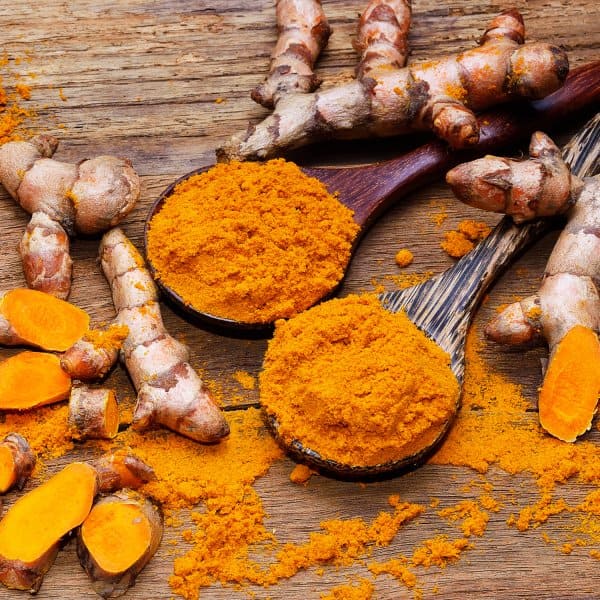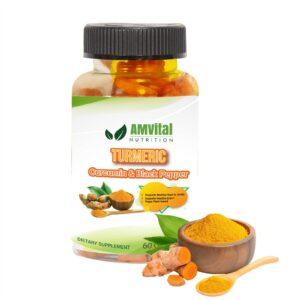Introduction
Turmeric is one of the most studied and benefits from turmeric intriguing spices in the world. It has been used for thousands of years as a medicine, food preservative and dye. Turmeric has a long history of use in Ayurvedic medicine, which originated in India over 3,000 years ago. It’s also used in traditional Chinese medicine, where it’s known as “yellow ginger root.”
Turmeric is native to South East Asia and India but now grows throughout tropical regions around the world including Africa and Australia. The plant produces small yellow flowers followed by curcuminoid-rich rhizomes (underground stems). These rhizomes are dried and ground into a powder that can be added to recipes or taken alone with milk or water before meals.
Turmeric is great for joint pain, inflammation and digestive disorders.
Turmeric is a spice that has been used in Indian and Asian cooking for centuries. It’s derived from the plant Curcuma longa, which is related to ginger. The active ingredient in turmeric is curcumin, a powerful antioxidant that can help protect against cell damage and reduce inflammation.
Because it’s an anti-inflammatory agent, turmeric is often used to treat joint pain, arthritis and other inflammatory conditions such as ulcerative colitis or Crohn’s disease. Research suggests that taking turmeric with black pepper (piperine) can increase its absorption by up to 2,000%. In addition to its anti-inflammatory benefits, research published in Asia Pacific Journal of Cancer Prevention found that curcumin has been shown to inhibit tumor growth in lung cancer cells.
It can ease muscle soreness and bruising after exercise.
If you’re into exercise, it can help ease muscle soreness and bruising after exercise. It’s a natural anti-inflammatory that can help reduce the pain caused by inflammation.
Turmeric is also an antioxidant, which means it may be able to protect your body from free radicals that cause damage in your cells over time. This means turmeric could reduce the risk of certain health problems like cancer and heart disease, as well as helping prevent premature aging.
It helps regulate blood sugar.
You may not have heard of turmeric, but you’ve almost certainly heard of its healing abilities. Turmeric has been used in Ayurvedic medicine for thousands of years to treat an assortment of ailments—and it seems like the world is finally catching on.
Because of its anti-inflammatory properties, turmeric can help with many different health issues. For example, one study showed that curcumin (the main active ingredient in turmeric) was able to reduce inflammation and swelling in patients with knee osteoarthritis by 40 percent!
The list goes on: Turmeric helps regulate blood sugar levels by acting as an insulin booster; it also decreases cholesterol and prevents heart disease. If you haven’t tried adding it to your diet yet, now’s the time!
It is an antioxidant that supports the immune system and works to prevent disease.
Turmeric is a powerful antioxidant that has been shown to help prevent disease. Its active ingredient, curcumin, can inhibit the buildup of plaque in the arteries of your heart and brain (3). It also works as an anti-inflammatory and can be used in traditional medicine to treat digestive disorders such as irritable bowel syndrome (4).
Read more about how turmeric affects the immune system here!
It has been used with good results to treat headac
Turmeric is one of the most popular natural remedies for headac. It has been used with good results to treat the symptoms of headac, as well as reduce inflammation and prevent disease.
The benefits of turmeric for treating headaches include:
- Lessening the severity of headaches by reducing inflammation
- Reducing blood pressure, which can help prevent headaches in some individuals
Conclusion
We hope this article has helped you to understand the benefits of turmeric and how you can use it to support your health.







